There is nothing more disheartening than waking up one morning to discover that deer have devoured the beautiful plants in your butterfly garden. All the expense and work you put into your garden disappeared overnight.
Short of installing a nine-foot-tall fence, there are few sure cures for the problem, but planting things deer don’t prefer to eat will help. If deer are a problem in your area you will need to plant deer-resistant plants. Here are twelve plants that deer typically will pass by in your garden in favor of tastier treats down the road.
Verbena on a Stick (aka Tall Verbena)
Verbena bonariensis, zones 7-10
Verbena bonariensis can be grown from seed and blooms the first year. The tall stems are topped with clusters of rosy-purple flowers make it a wonderful addition to any garden. It’s a host plant for the Common Buckeye butterfly. Verbena bonariensis is hardy in zones 7-10, and can be grown as a self-sowing annual in colder regions. It’s very vigorous and drought tolerant. Purchase seeds here.

Coneflower
Echinacea purpurea, zones 3 to 9
This native wildflower is a must for every butterfly garden! Coneflower is easy to grow and provides masses of tall purple blooms. The daisy-like blooms of the coneflower will also attract bees and birds from miles around, and the hummingbirds love them too! Purple Coneflowers have long been known to be one of the most effective plants at helping to establish butterfly populations as well. Purchase seeds here.
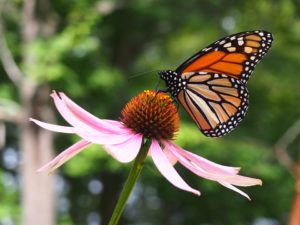
Blazing Star (aka Gay Flower)
Liatris spp., zones 4-9
These native prairie plants add beautiful spikes of color to the garden. This flower has an interesting blooming habit, as it blooms from the top down on the flower stalk rather than from the bottom up. This makes it a great choice for cut flowers. Blazing star is a favorite nectar crop for monarchs and many other butterflies and hummingbirds. Once the blooms are done, it makes a great snack for finches, too. Purchase seeds here.
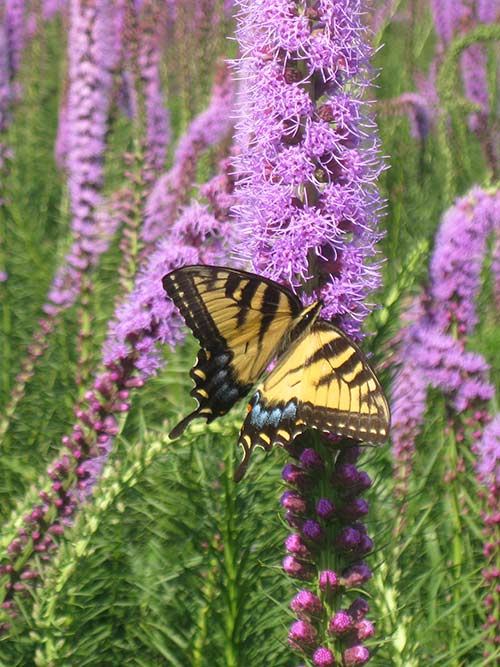
Anise Hyssop
Agastache foeniculum, zones 4-10
Anise Hyssop has very showy flowers, fragrant foliage and seems to be of little interest to deer. It self-seeds readily and often blooms the first year. It’s a bee, hummingbird, and butterfly magnet and makes an excellent addition to herb gardens, borders, perennial gardens, and prairies. It’s heat and drought tolerant and blooms for weeks in late summer. Plus it’s a great cut flower. Find Anise Hyssop seeds here.
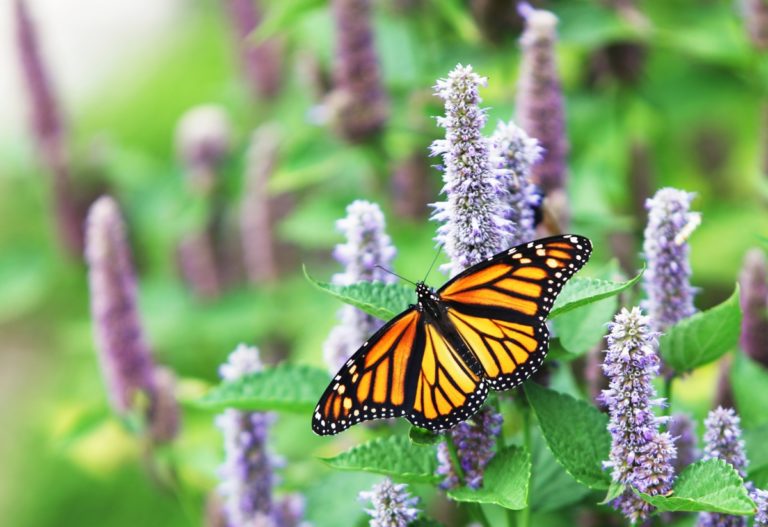
Joe Pye Weed
Eupatorium purpureum, zones 4 to 9
This tall, native perennial prefers moist soil where it can stretch up to 9 feet high. The clusters of pink-purple blooms smell faintly of vanilla. Joe Pye-weed blooms well into fall, bringing the season’s last butterflies to your yard. Find seeds here.

Bee Balm
Monarda didyma, Monarda fitulosa, Monarda punctata, Monarda citriodora, zones 4 to 9
Butterflies and hummingbirds enjoy its rich nectar of this native perennial. The tubular flowers are typically shades of red, purple, pink and white, and resemble small fireworks. They are late-blooming, adding lots of color to the garden when other flowers have finished. Find seeds here.
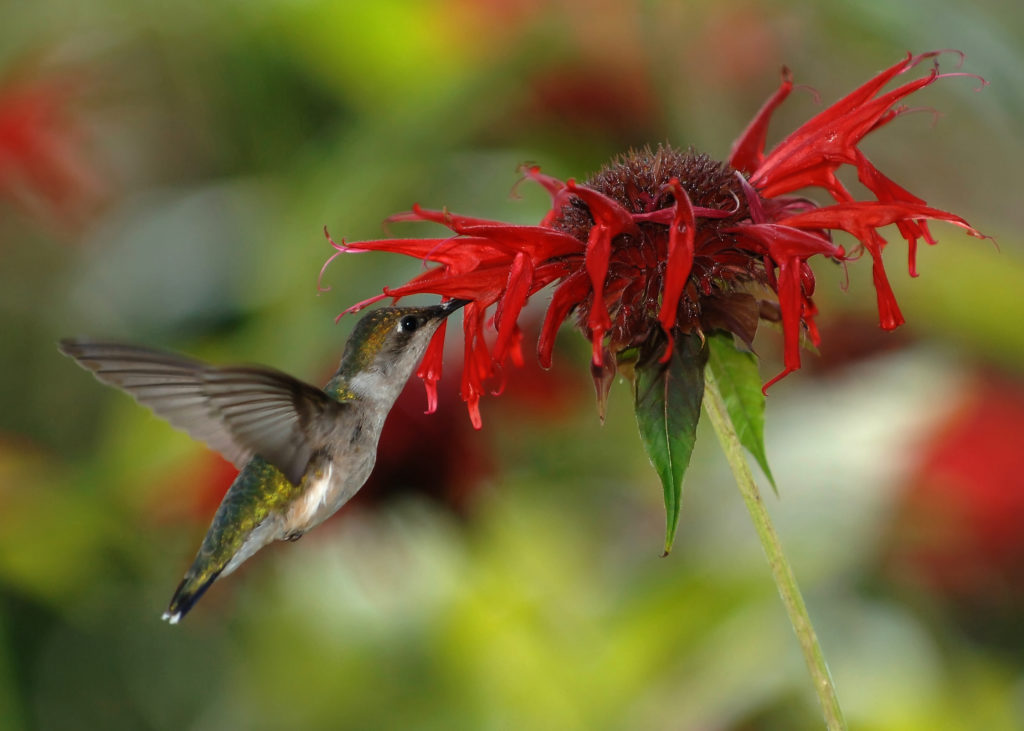
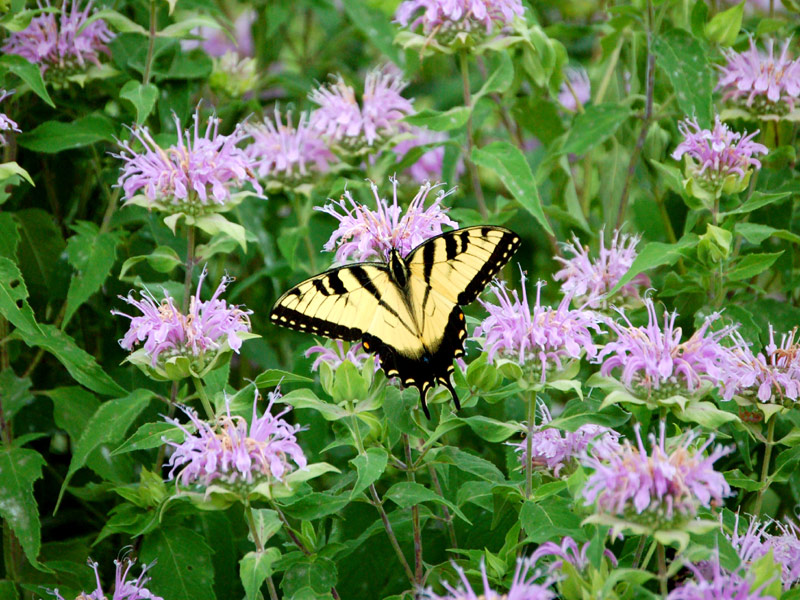
Russian Sage
Perovskia atriplicifolia, zones 4-9
Russian sage has fragrant foliage and attracts hummingbirds, honey bees, and butterflies. This is a tough plant that needs little care. This is a vigorous, hardy, heat-loving and drought tolerant plant that will fill the garden with lavender-purple flowers that bloom from summer until fall.

Butterfly Weed
Asclepias tuberosa, zones 3 to 9
Butterfly Weed is not only a host plant for Monarch butterflies, but the flowers it produces are also attractive to many other kinds of butterflies. This resilient plant is a must-have addition to any garden. It tolerates dry soil and prefers plenty of sunshine. Click here to purchase plants.

Cosmos
Cosmos spp., zones-5-11
Cosmos are easy to grow from seed and easy to maintain. They come in a variety of colors and are gorgeous to use a cut flower as well. I planted cosmos for the first time last summer in my garden and I was delighted how these delicate blooms attracted a variety of butterflies. Find Seeds here.
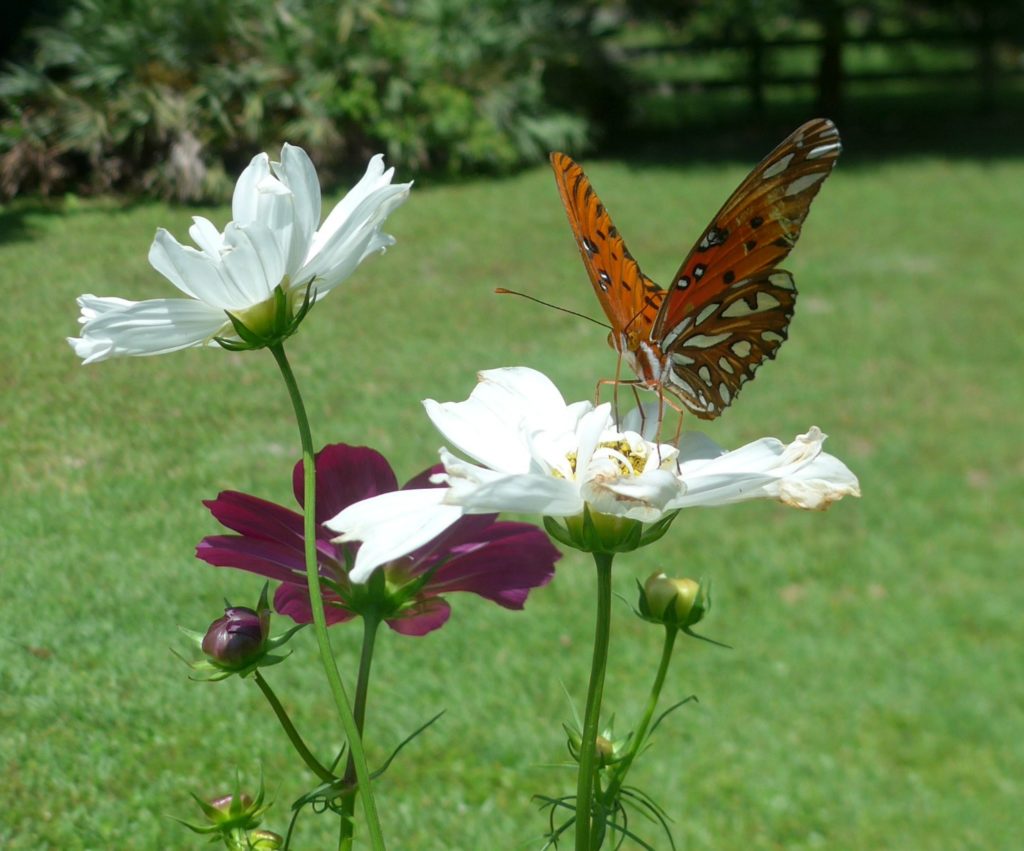
Salvia
Salvia leucantha, Salvia coccinea, Salvia guaranitica, Salvia greggii, Salvia azurea, Salvia elegans, zones 7 to 10
If you want to attract pollinators to your garden, plant salvia. While its fragrant foliage is not preferred by deer, all sorts of bees, butterflies, and hummingbirds are dazzled by its blooms which appear around early summer. There are many different salvia species are excellent for butterflies and hummingbirds. Most salvias are drought tolerant once established. Find seeds and plants here.
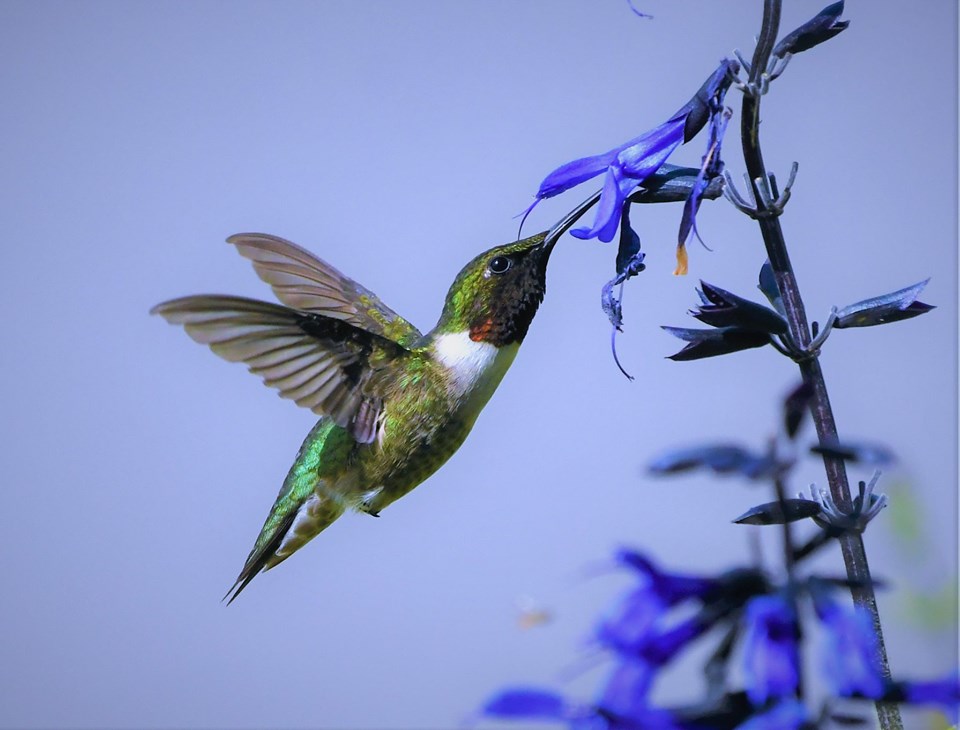
Lantana
Lantana camara ‘Miss Huff’, zones 7-10 (annual in colder zones)
All lantanas are a wonderful addition to your pollinator garden, but my personal favorite is “Miss Huff”. It is the most cold-hardy lantana known – established clumps have survived temperatures as low as 0°F. Pink, orange, and yellow flowers bloom continuously from early summer to frost attracting bees, butterflies, and hummingbirds. It is drought tolerant and does well in clay soils. Find seeds and plants here.

There are other strategies you can use to keep the deer at bay. One friend of mine uses a blast of water to scare the deer away when they come into her yard. She installed a motion-activated water blaster. She says it has saved her flowers for the butterflies and hummingbirds.

You can also apply proven deer repellents. Deer repellent products are effective in obstructing a deer’s sense of smell and taste. Liquid Fence Deer and Rabbit Repellent creates an invisible barrier to ward off these bothersome critters. Apply these scent-deterrent formulas year-round to hit them in the nose so they don’t come back.

Whatever you do to deter deer, don’t let the deer deter you from planting your garden for butterflies and hummingbirds!
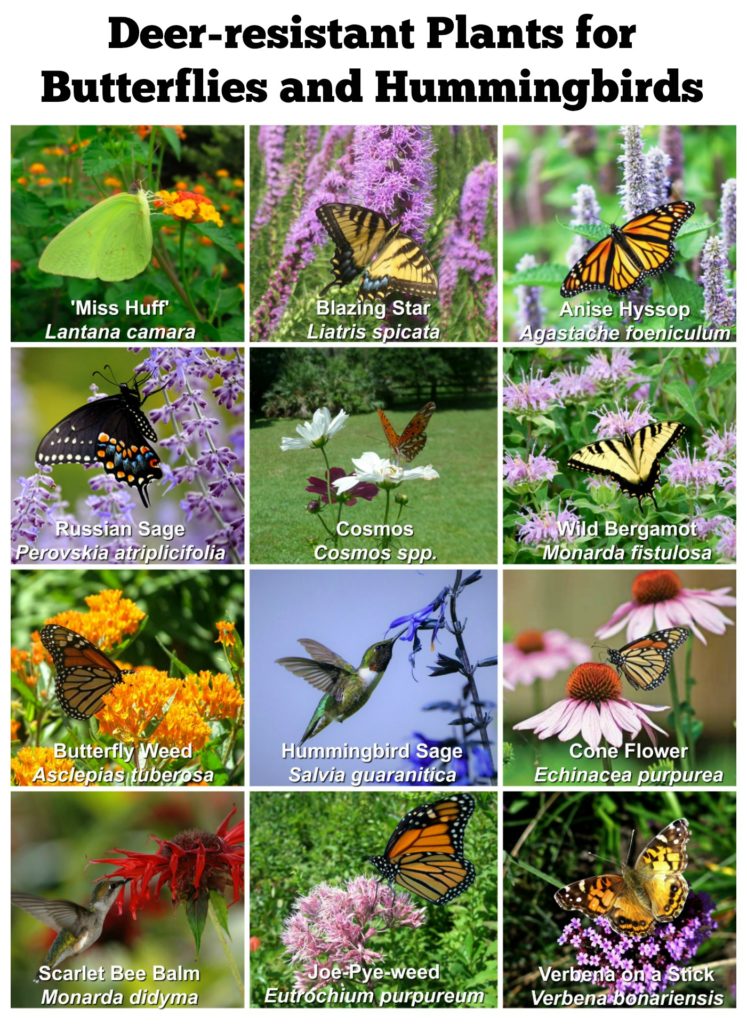
Click here for a more comprehensive list of deer-resistant plants.
